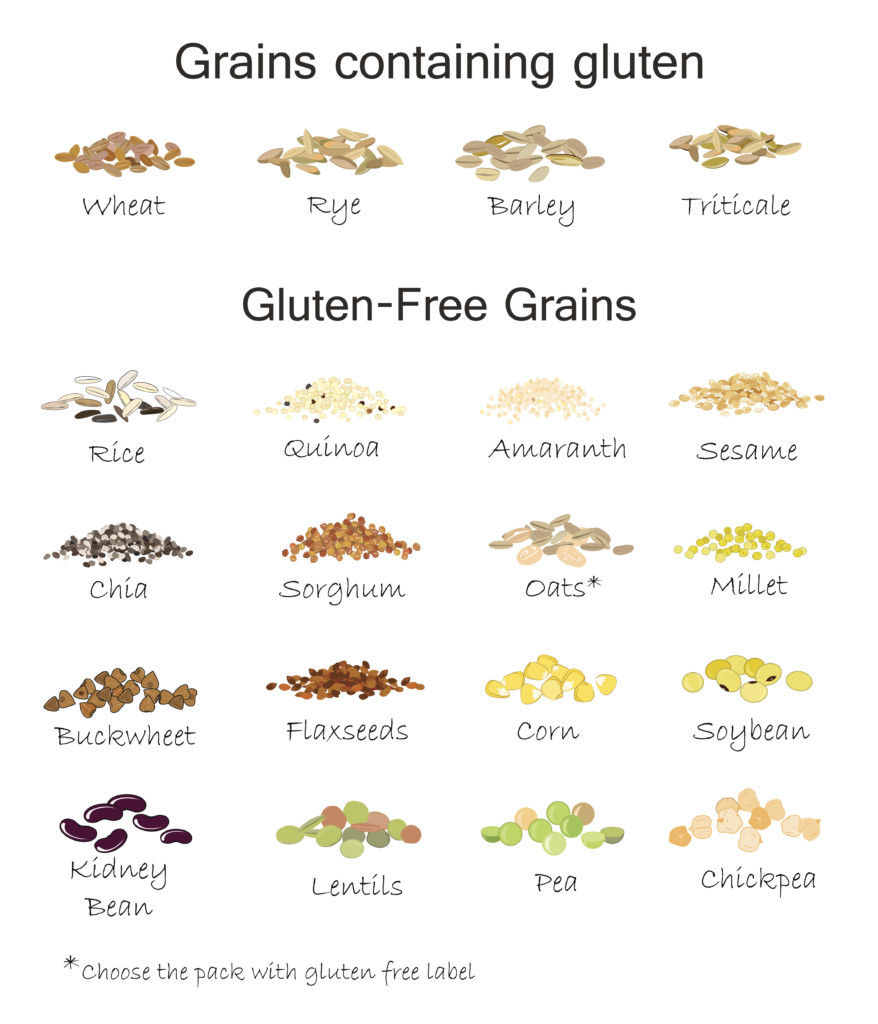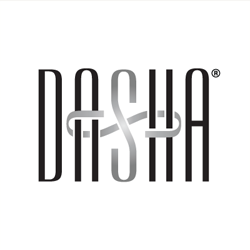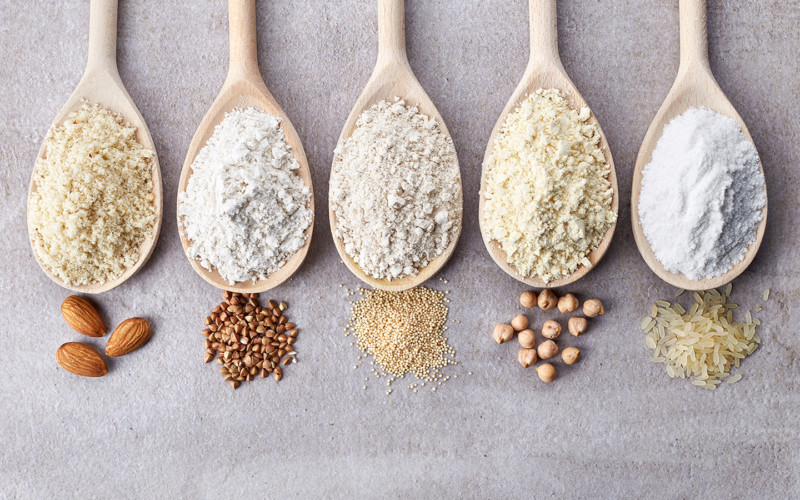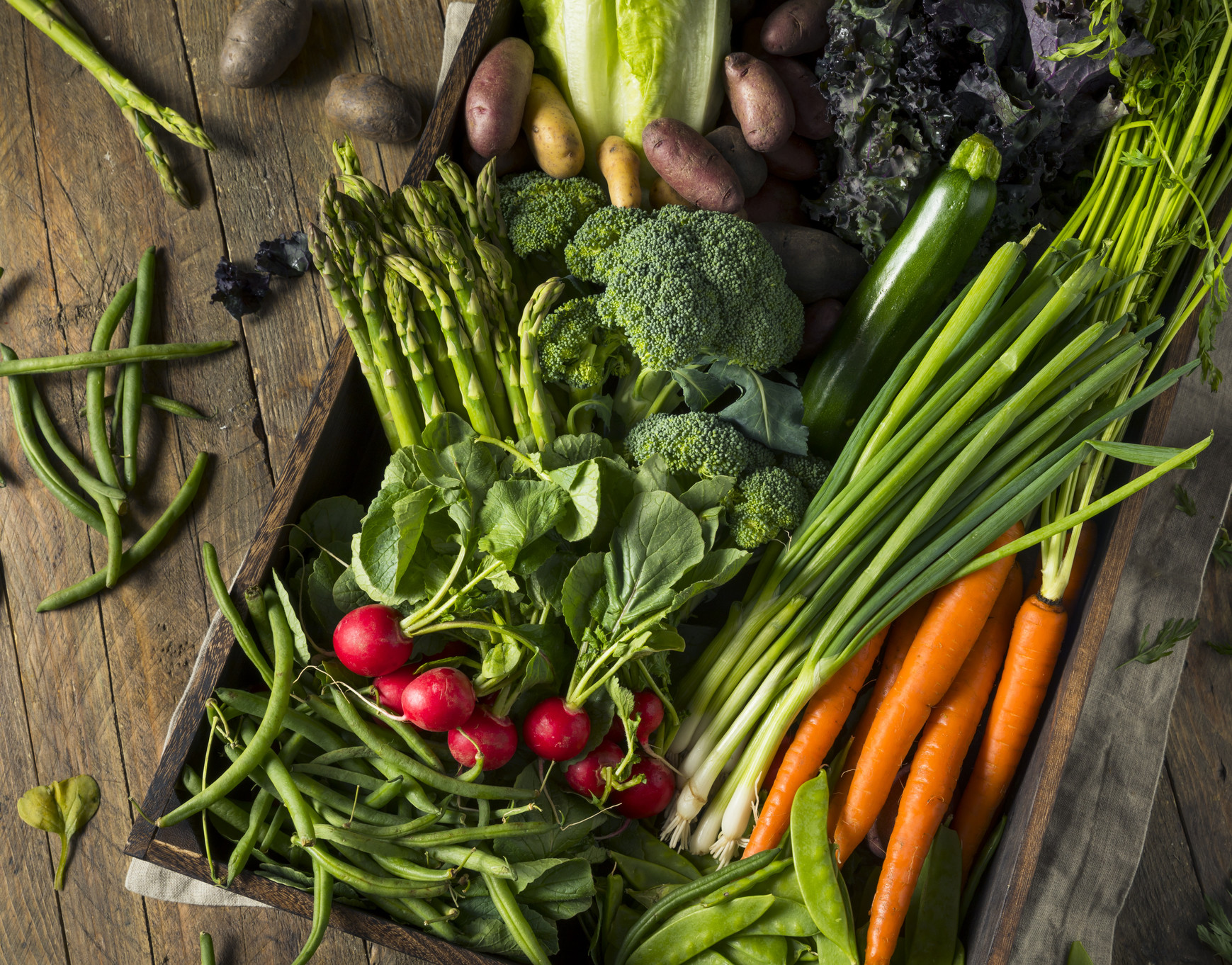As an athlete, I need to make sure I am eating foods that will make me lighter, quicker, and stronger. I’ve noticed that starchy, high-gluten foods weigh me down and sometimes bother my belly. For the most part, I stear clear of sandwiches and other foods with high gluten content because of the carbs– but I still do LOVE my Barilla light penne pasta, which I “carb load” before races (this pasta is loaded with fiber and contains half the calories of regular pasta!)
I have tried so many new products, diets, and recipes throughout my fitness training. I’ve noticed recently on some of the packaging a small “GF” symbol, or the gluten free label. Because I am usually very mindful of what ingredients my food contains, and how I feel after I eat them, I was curious to what this symbol entailed — which led me to a bit of my own research.
What Is Gluten?
Gluten is a sticky, glue-like protein that is found in wheat, barley, and rye. It is also found in most cereals, breads, and beer. Unbeknownst to many, gluten is commonly used as a binding agent! Many processed condiments such as BBQ sauce or soy sauce contain gluten.

A variety of gluten free and containing gluten grains
Wheat Allergy, Gluten Intolerance, & Celiac Disease Like many other allergies, there is a spectrum of symptoms associated with gluten. But what are the most common reactions? A Wheat Allergy, described by the Gluten Intolerance Group is “an immune reaction to any of the hundreds of proteins in wheat.” Symptoms of a wheat allergy can include itching or hives. Celiac Disease however, is completely different—it “a serious autoimmune disorder that can occur in genetically predisposed people where the ingestion of gluten leads to damage in the small intestine.” Celiac Disease is a serious disorder that can cause negative long-term effects if not looked after properly. Gluten Intolerance or gluten sensitivity, is somewhat more of a grey area between the two. It is not necessarily an immunoglobin (allergy) or autoimmune reaction. Although the symptoms may be very similar, Celiac Disease must be ruled out in order to diagnose a gluten intolerance. Symptoms range from indigestion, stomach cramping, and fatigue. I came across the word Celiac when doing my research on gluten free products. I’ve heard a bit about Celiac Disease because I have a few friends who have been tested positive for Celiac. And boy, oh boy what a difference it made to their health when they made the switch to a strict, gluten-free diet! Not only were they looking better, but their energy was up too. Note: If you suspect you might have celiac disease, consult your doctor to be properly tested. Why I’m Trying a Gluten-Free Diet I enjoy experimenting with many different diets and lifestyles. As an athlete, I do this to find out which foods my body reacts best to and what makes me feel a bit lighter and faster. It might seem somewhat impossible to give up something such as pasta or bread at the dinner table, but I can assure you, it is possible! Just because you avoid gluten doesn’t mean you have to avoid all of the foods you would normally eat. There are many gluten-free substitutes and alternatives for crackers, cereals, and pastas, available at your local health foods store.
Tips to make the transition to Gluten Free • Stay clear of fast food restaurants • No packaged meals from a box • Read your alcohol labels • Stick to fresh and all-natural foods • No preservatives • Purchase products with labels that read gluten-free • Cook your own meals Foods that are OK to eat • All fruits • All vegetables • Gluten-free grains like rice, corn, quinoa, millet, & buckwheat • Fresh herbs • Fresh Spices • Olive oils • Avocado oil • Coconut oil • Dairy And don’t forget… you are not alone! There are many resources and support groups available.
Some of my favorites in NYC are Health Nuts and A Matter of Health. Check out the a few of the sites below for more information on Celiac Disease: Celiac Disease Foundation , Beyond Celiac , The Gluten Intolerance Group of America, National Celiac Association




